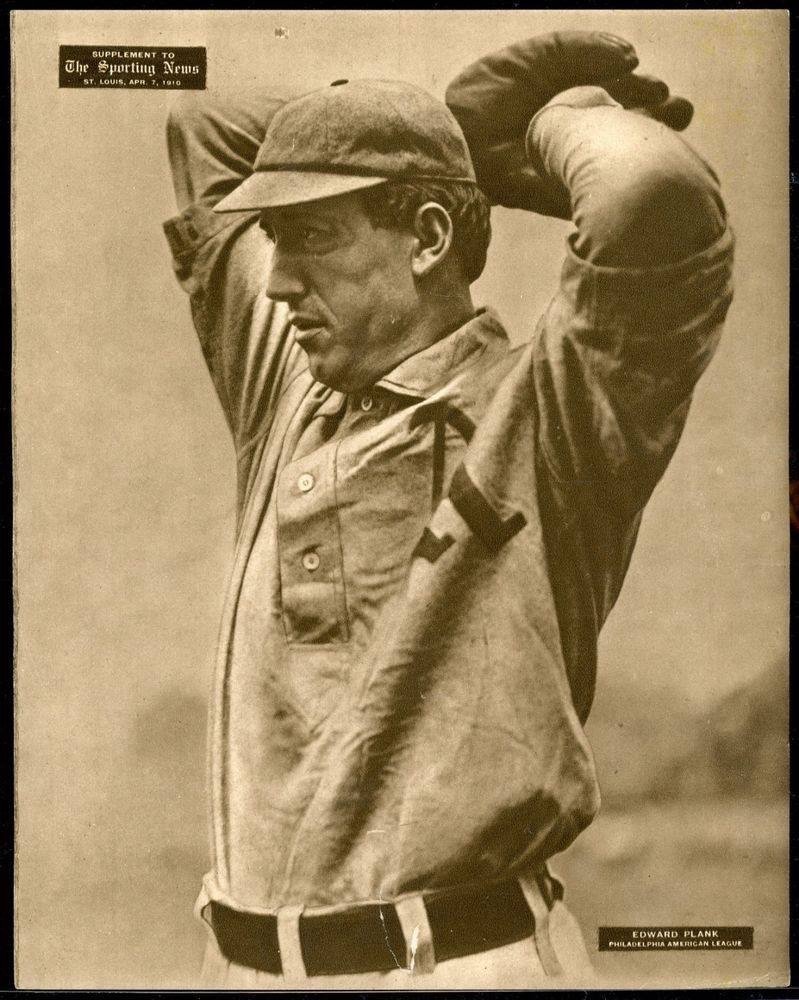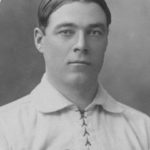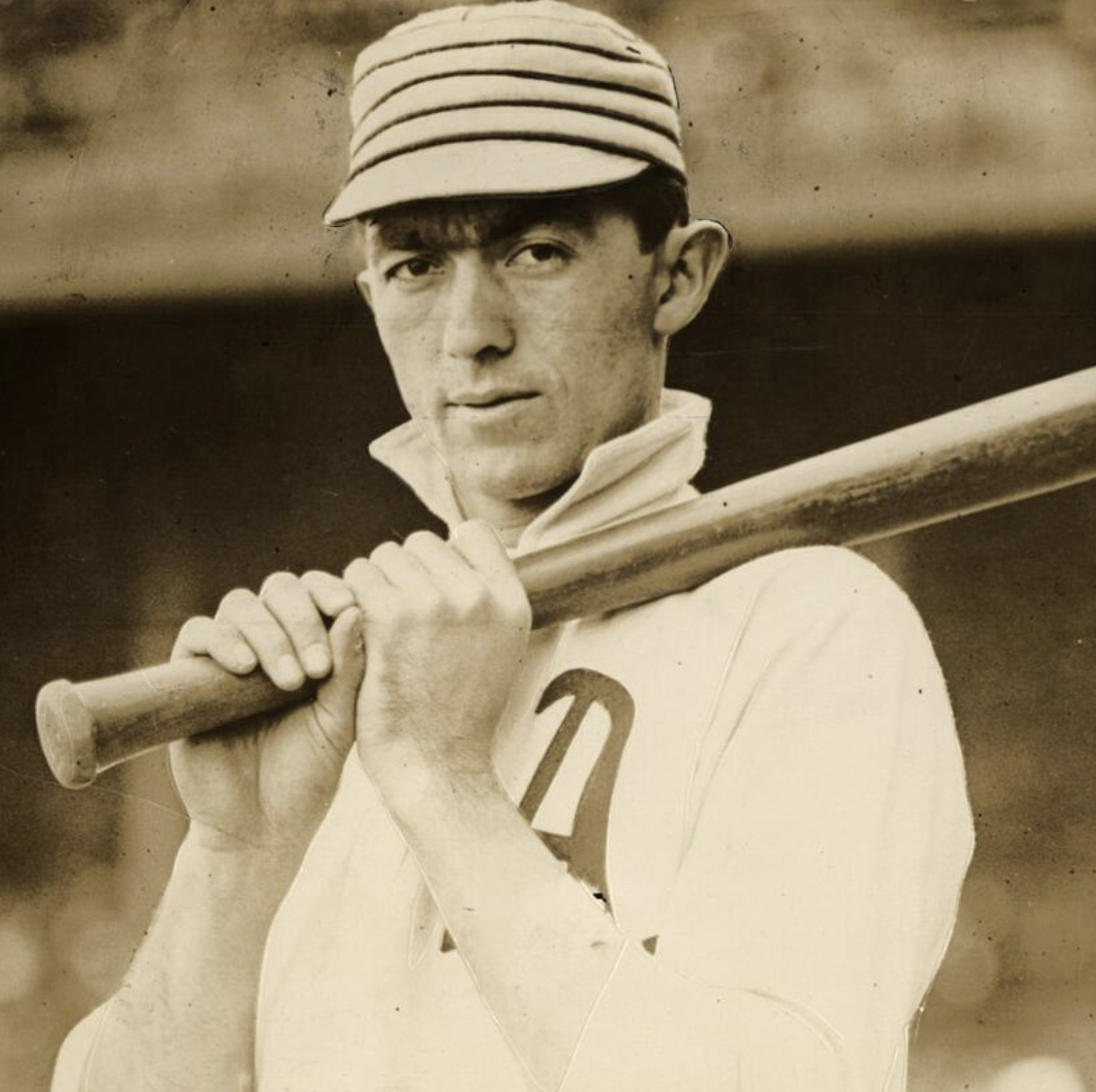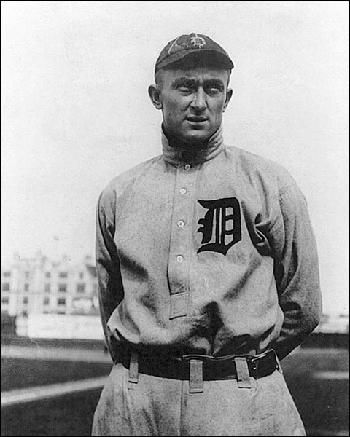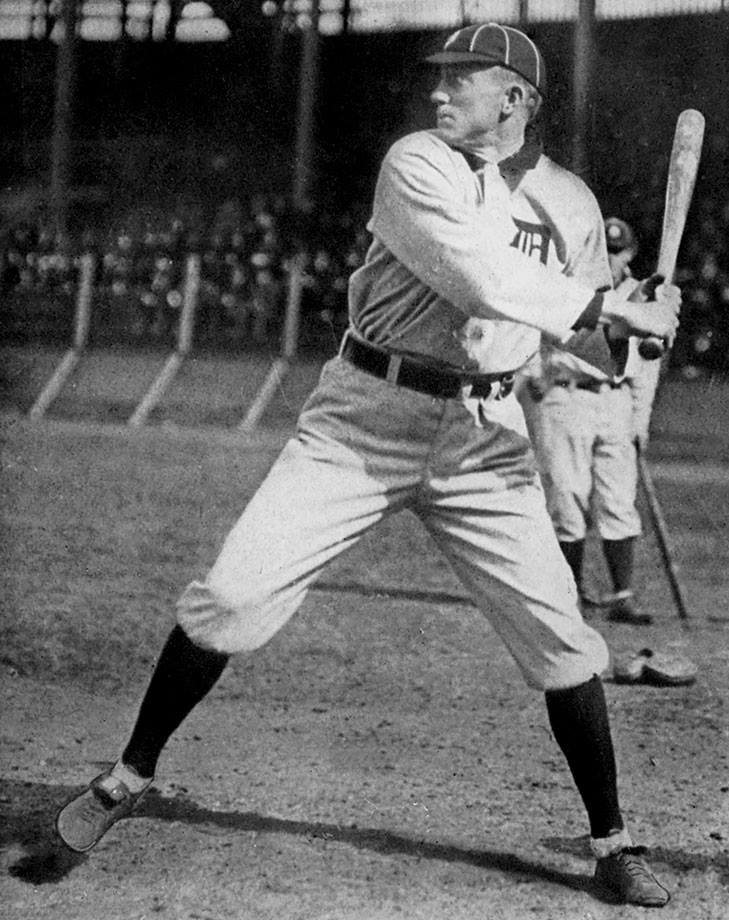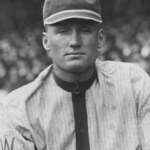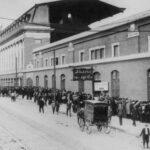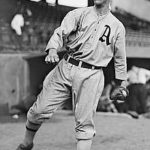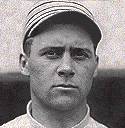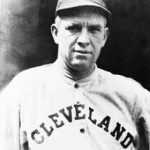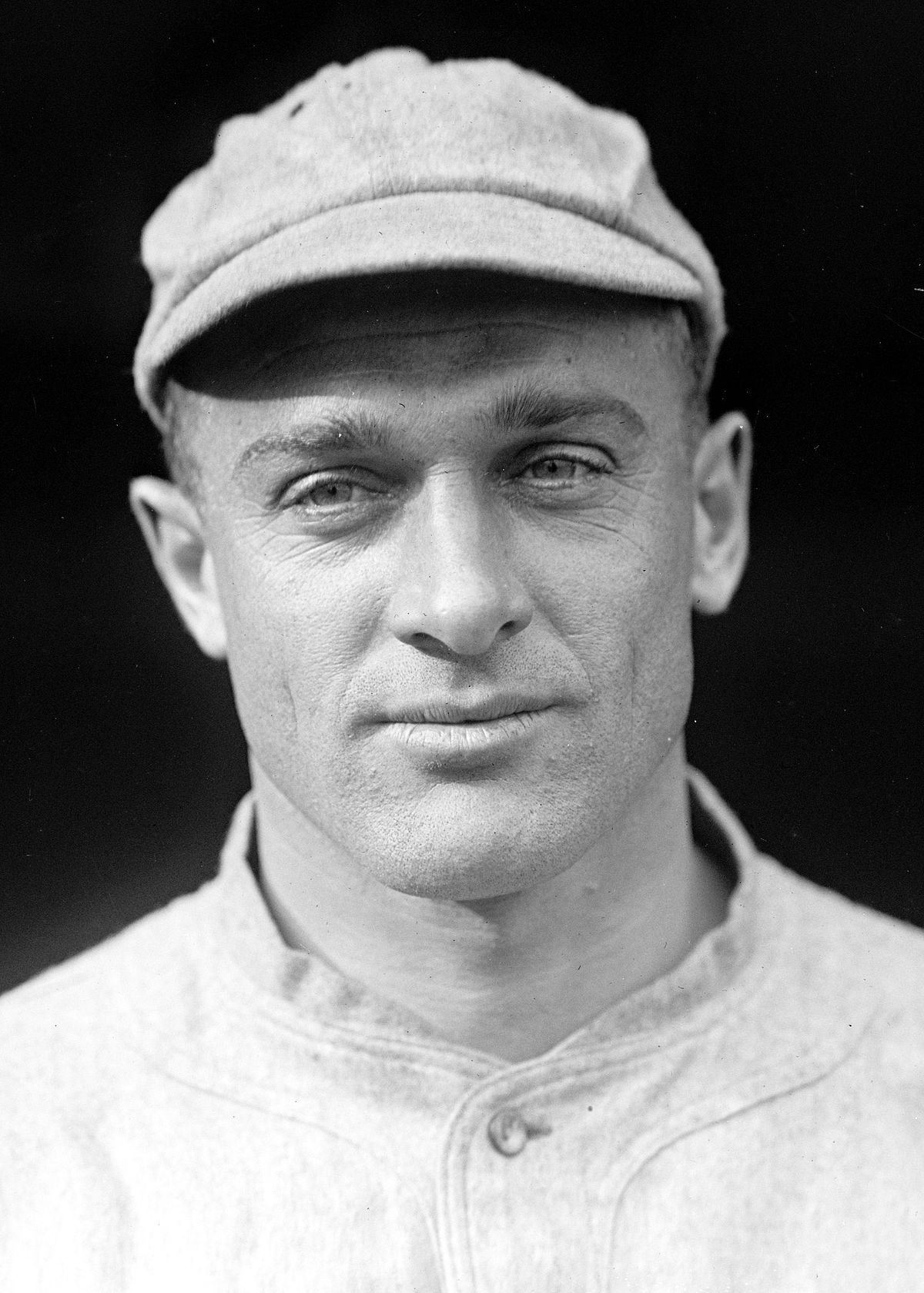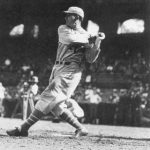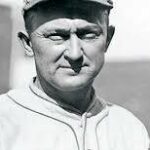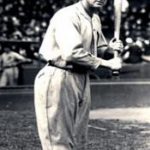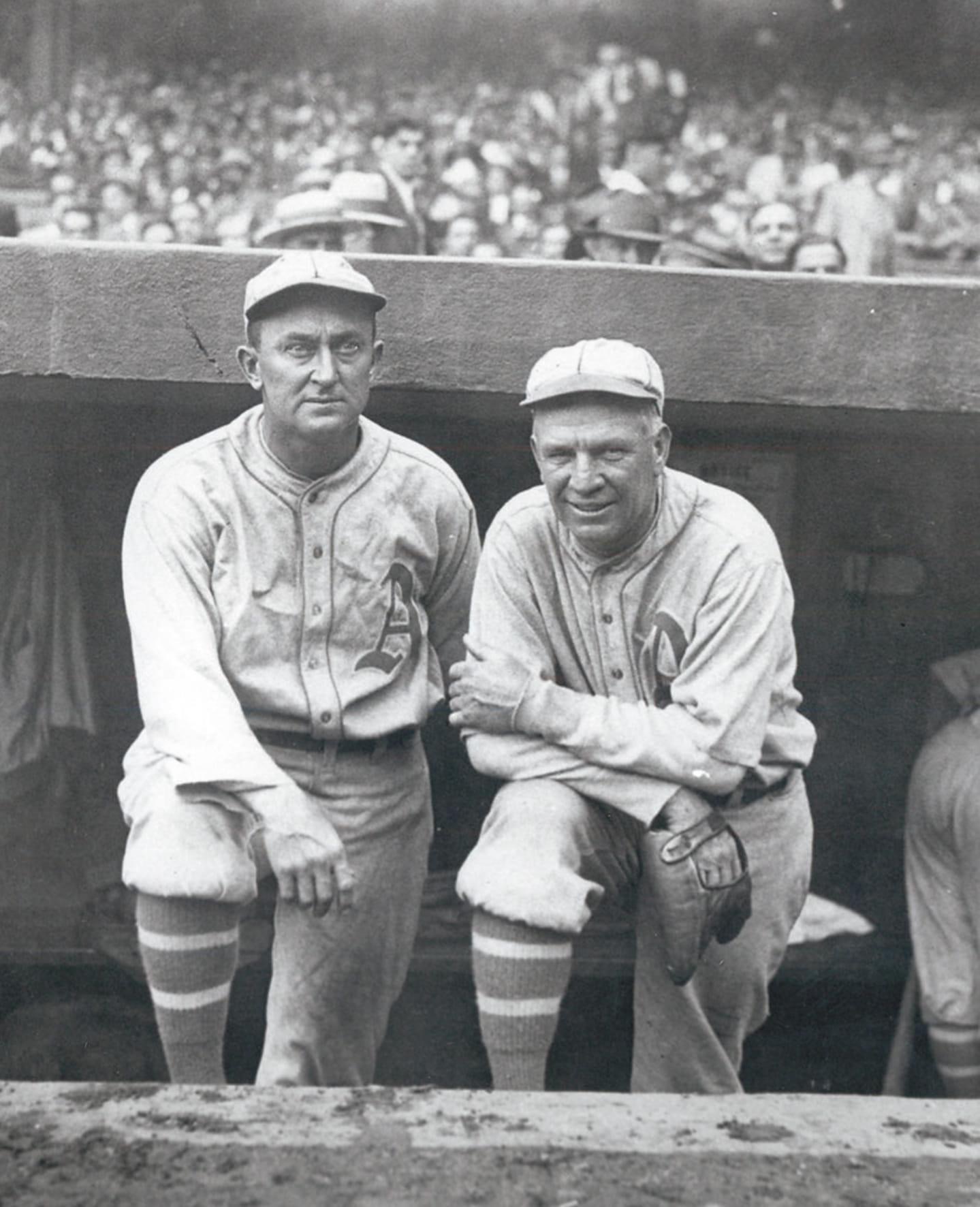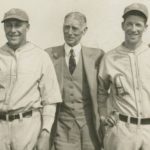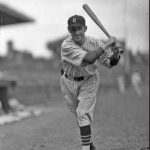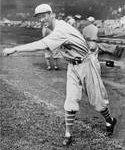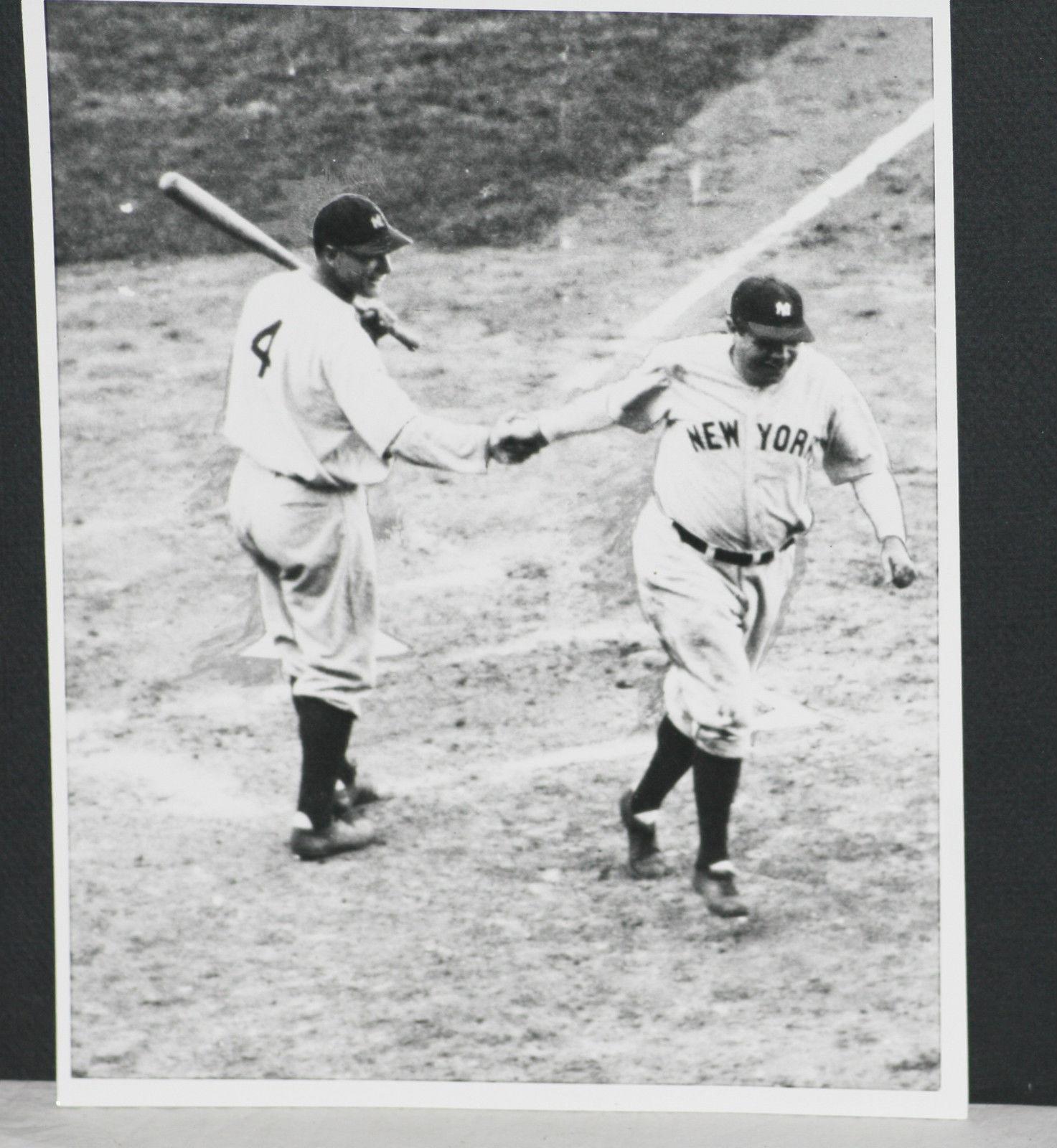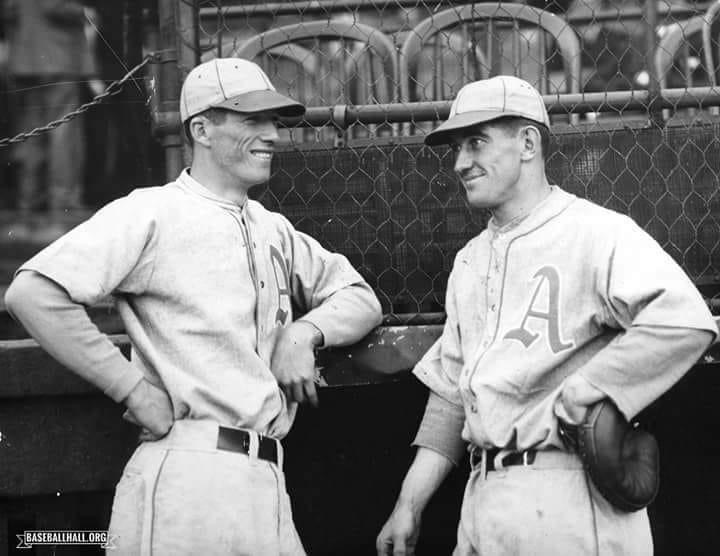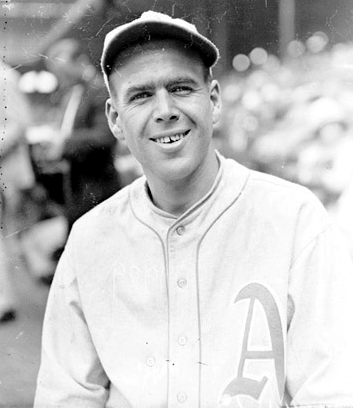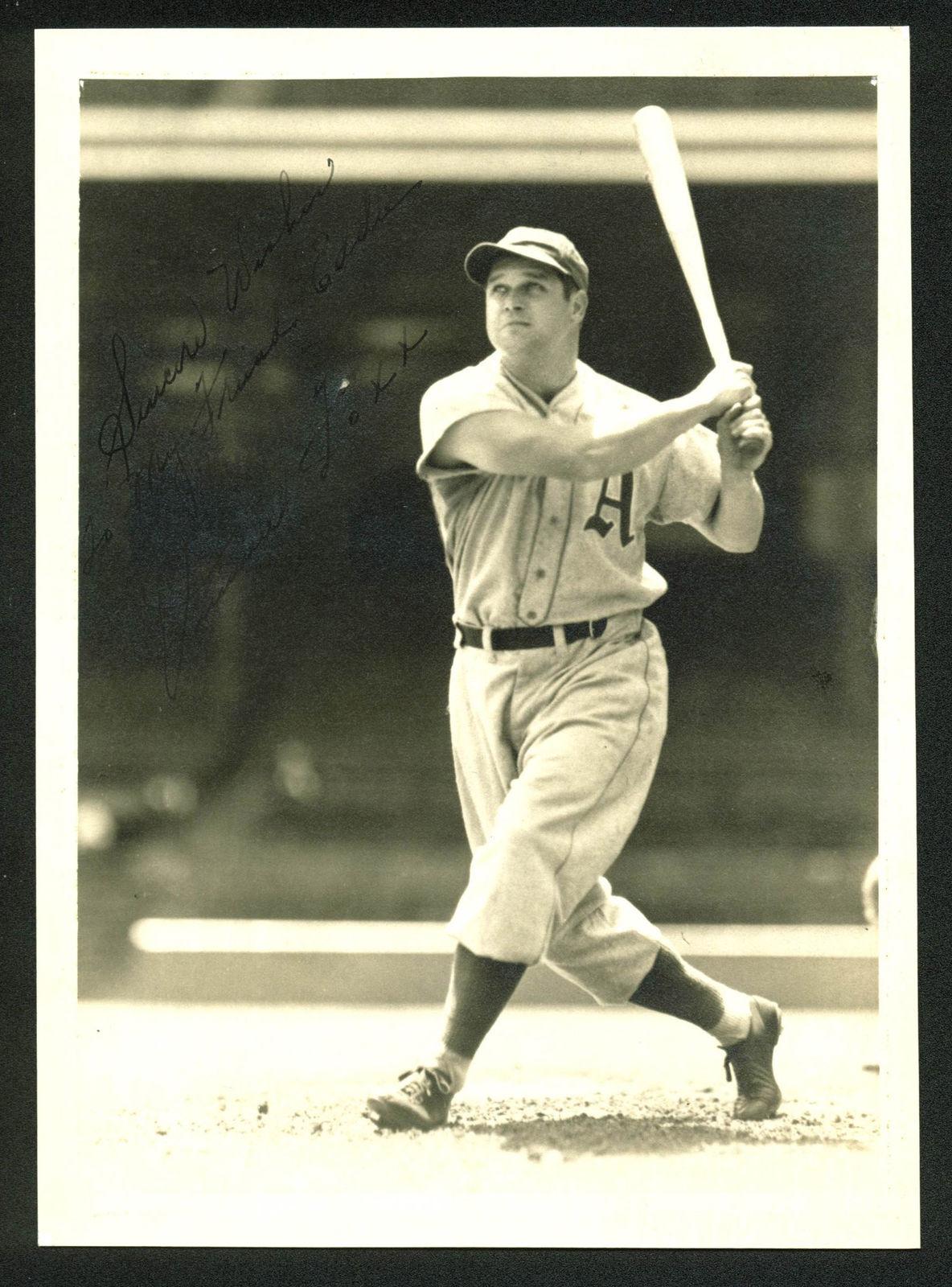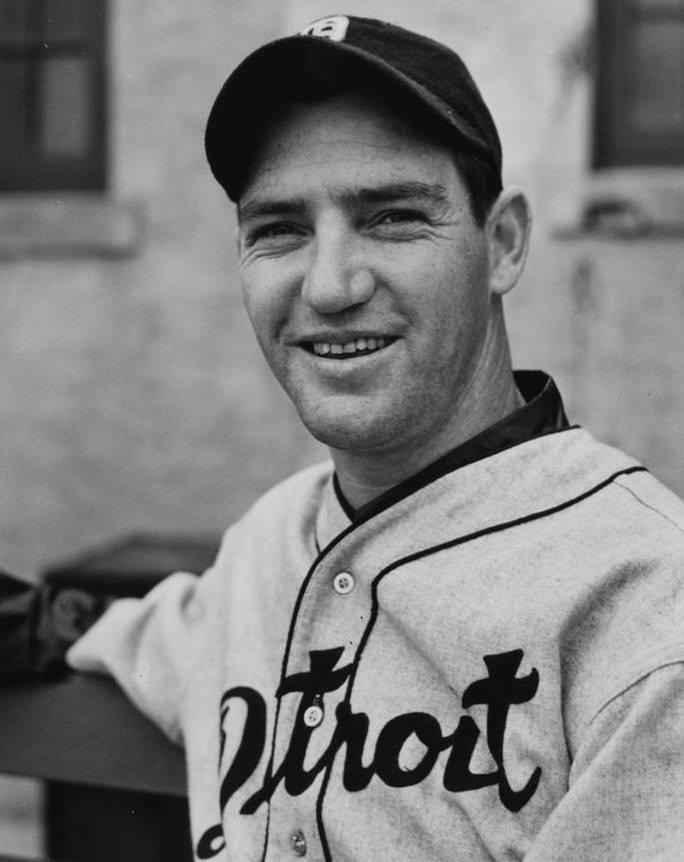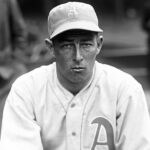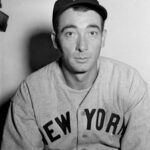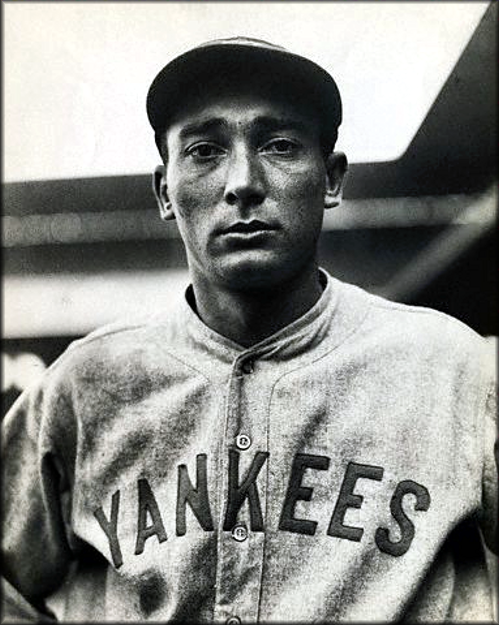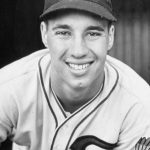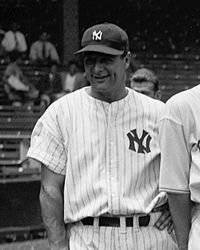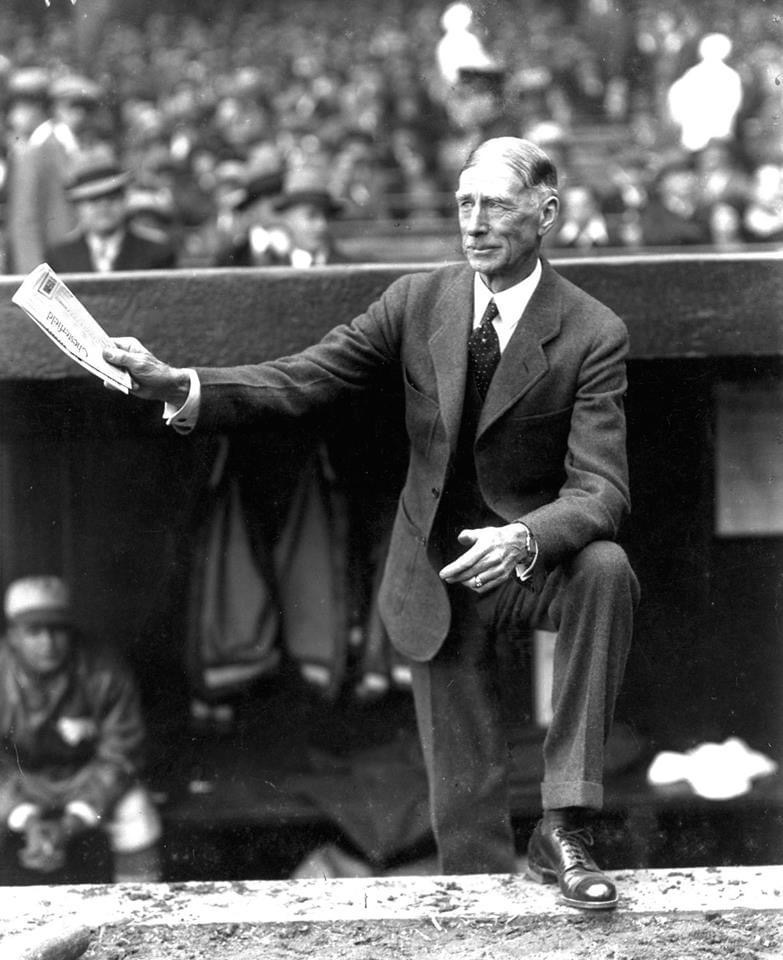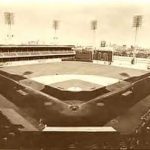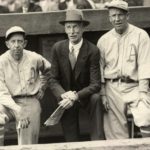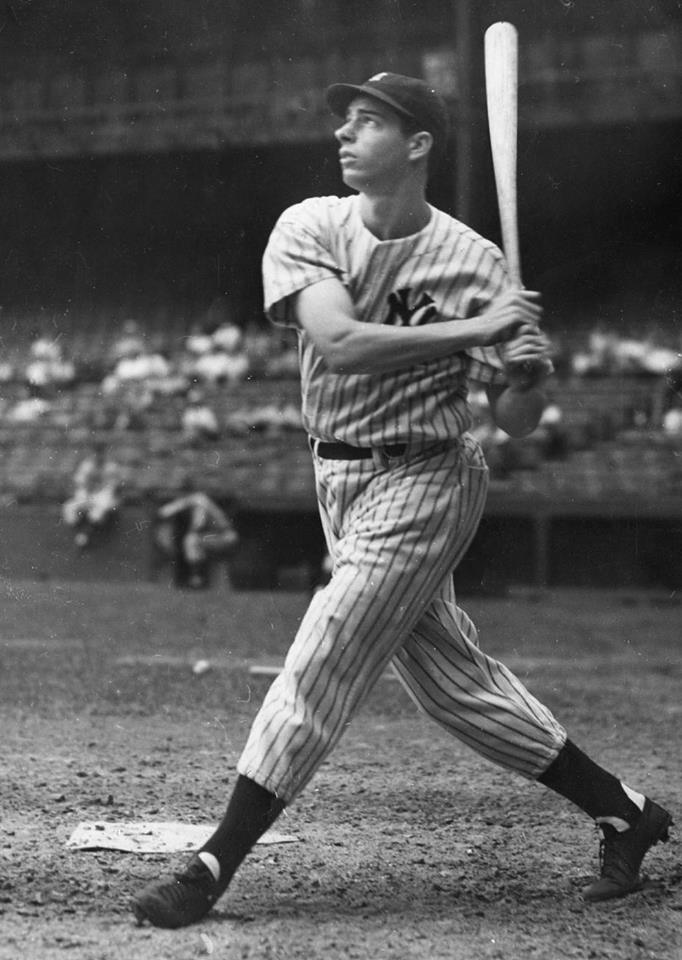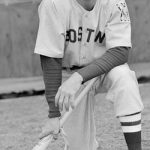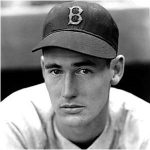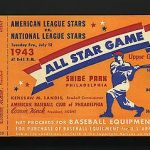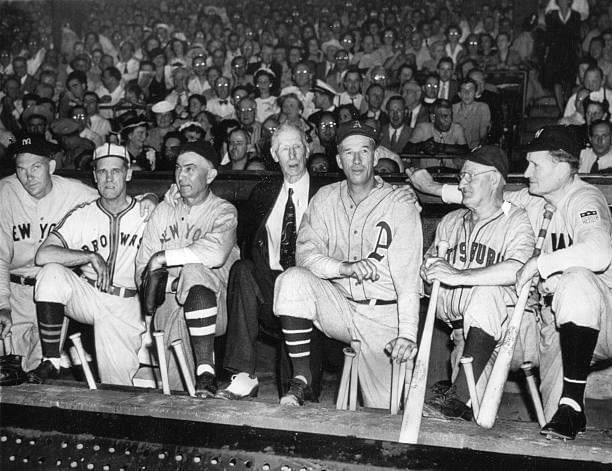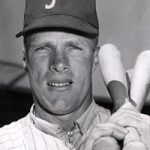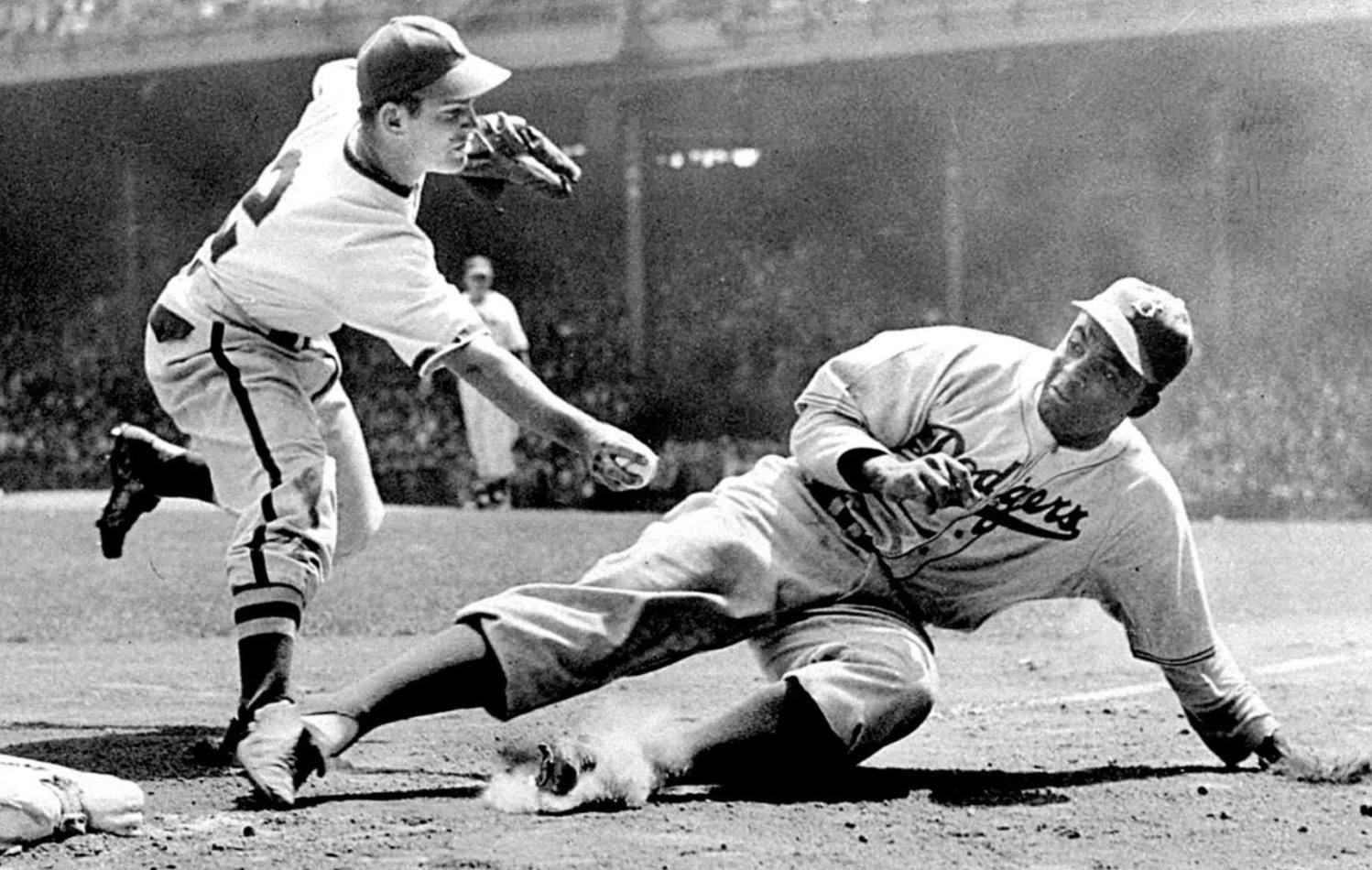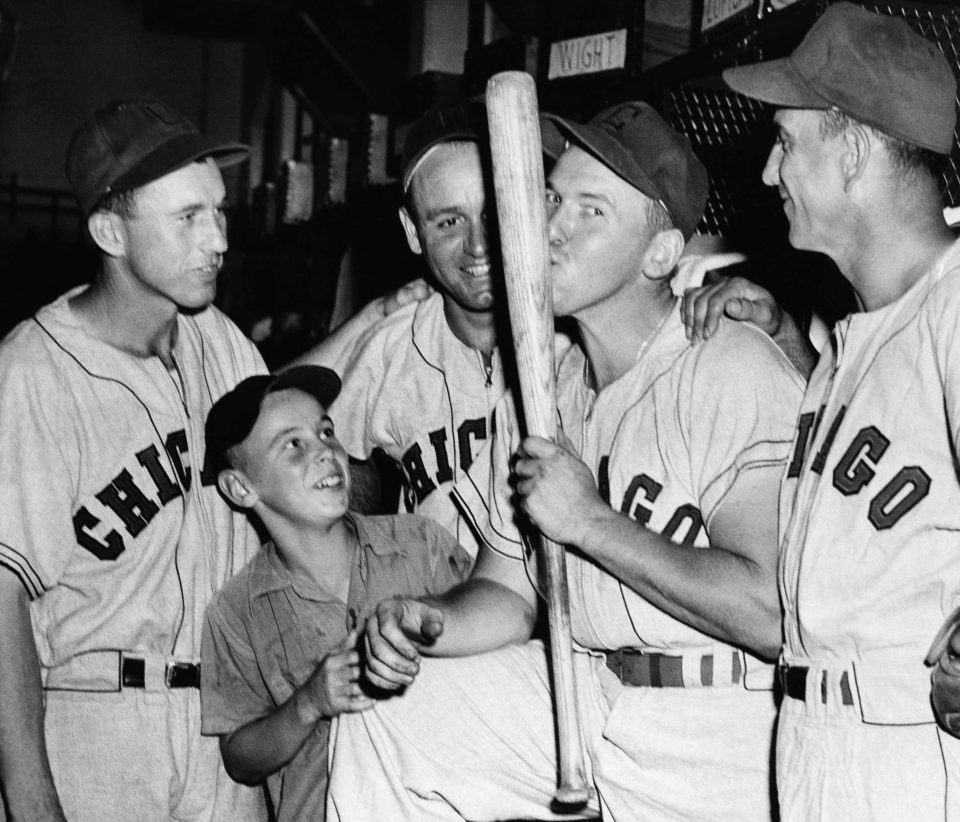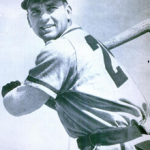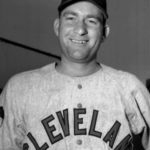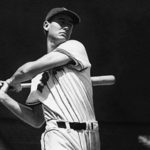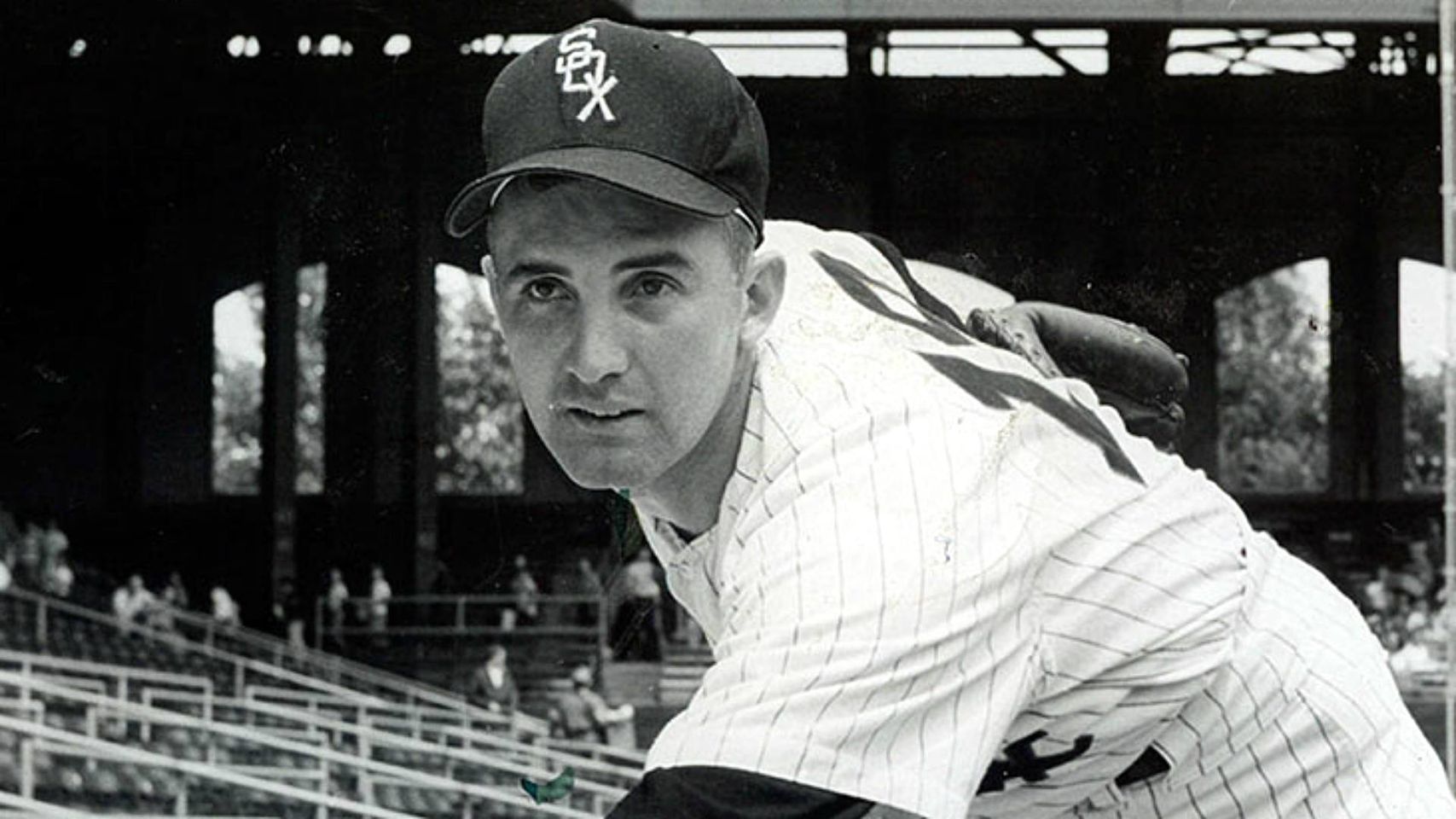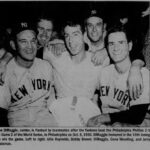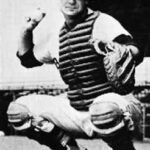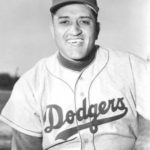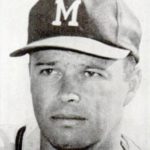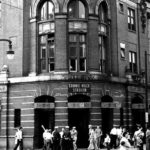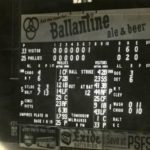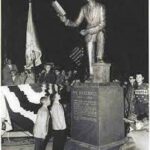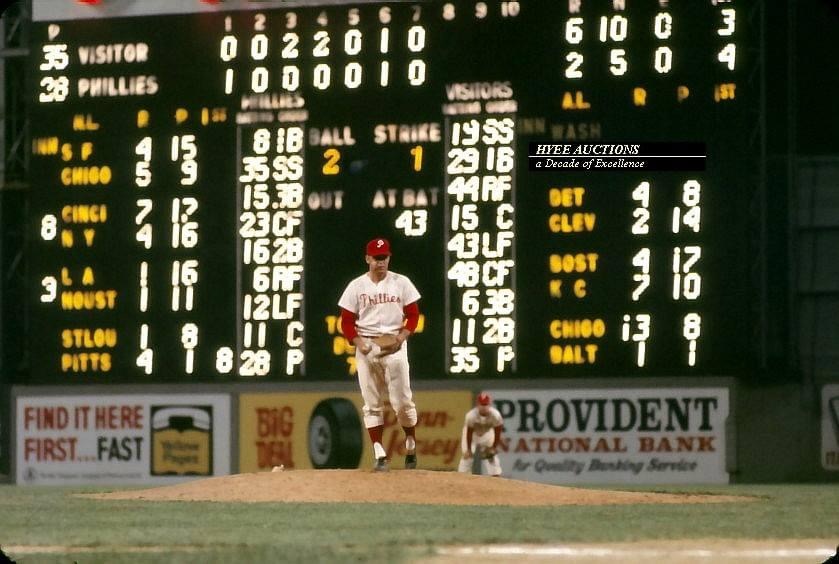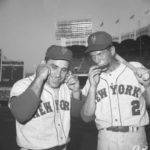Shibe Park
Shibe Park,Connie Mack Stadium,Philadelphia,PA
Ball Park First Game
Date – 05/29/1909 (11)
Starting Pitchers – vs. Red Sox: 04/12/1909
Final Score 8-1 (PHA)
Attendance – 30,162
Starting Pitchers Eddie Plank (PHA); Frank Arellanes (BOS)
First Batter – Amby McConnell (BOS) Result – Grounded Out
First Hits – Simon Nicholls (PHA),Singled
First Run – Simon Nicholls (PHA)
First RBI – Danny Murphy (PHA)
First Homerun – Frank Baker (PHA) vs. Frank Arellanes (BOS) on 05/29/1909 (1st inning)
First Grandslam – Duffy Lewis (BOS) vs. Boardwalk Brown (PHA) on 10/03/1912 (5th inning)
First Inside Park Homerun – Danny Murphy (PHA) vs. Lou Fiene (CHA) on 06/03/1909 (5th inning)
First No Hitter – Chief Bender (PHA) vs. Naps (Indians) on 05/12/1910
Ball Park Lasts
Last Game – Phillies vs. Expos: 10/1/1970, Final Score – 2-1 (PHI)
Attendance – 31,822
Starting Pitchers – Barry Lersch (PHI); Carl Morton (MON), Winning Pitcher – Dick Selma (PHI) Losing Pitcher – Howie Reed (MON)
Last Batter – Oscar Gamble (PHI), result – Singled to CF
Last Hit – Oscar Gamble (PHI), Singled to CF (10)
Last Run – Tim McCarver (PHI), Last RBI – Oscar Gamble (PHI)
Last HR – John Bateman (MON) vs. Bill Laxton (PHI) on 09/29/1970 (9th inning)
Last Grand Slam – Tony Taylor (PHI) vs. Mike Davison (SFN) on 08/02/1970 (9th inning)
Last Inside The Park Homerun – Joe Pepitone (CHA) vs. Barry Lersch (PHI) on 09/26/1970 (7th inning)
Last No Hitter – Bill Stoneman (MON) vs. Phillies on 04/17/1969
TRIVIA –
Among venues that opened in the 20th century and hosted at least 1,000 games, Shibe Park went the longest (10 games) before a home run was hit.
World Series:
1910, ’11, ’13, ’14, ’29, ’30, ’31, ’50.
All-Star Games:
1943, ’52.
FIRST IMPRESSION
To Philadelphia sports fans, it was “the tower.” To out-of-town visitors, it was a French Renaissance-style landmark, a dome worthy of any baseball basilica. If you didn’t genuflect when you spotted the main entrance of Shibe Park, you at least uttered a little prayer to the timeless spirit and incredible perseverance of the great Connie Mack. This wasn’t a church, but it’s not hard to understand why most Philadelphians approached it with a sense of veneration and reverence.
Seven American League pennants, one National League pennant and five World Series championships were won here. This was where Hall of Famers Eddie Plank, Home Run Baker, Chief Bender, Mickey Cochrane, Jimmie Foxx, Al Simmons, Lefty Grove, Eddie Collins, Robin Roberts, Richie Ashburn and Jim Bunning mastered their craft; where two dynasties were built — and ripped apart.
This was a temple and a house divided, a place where fans experienced both winning ecstasy and losing despair while supporting the Athletics for 46 years and the Phillies for 32 — 16-plus as co-tenants of the North Philadelphia palace at 21st and Lehigh.
To fully appreciate Shibe Park, you first must understand Mack’s Philadelphia presence — from 1901 co-founder of the AL Athletics franchise with Benjamin Shibe and eventual owner to 50 years as the team’s field boss. From Mack’s top-of-the-tower office, he ruled the business side of the operation; from his dugout office, he dictated lineups and strategy with trademark waves of his ever-present scorecard.
No one person more singlehandedly determined the look and personality of a ballpark than the gaunt, grim-faced Mack — baseball’s last manager in street clothes.
Shibe Park, like Mack, was always stately, even while its teams ran the gamut from great to awful. Opened in 1909 as baseball’s first steel-and-concrete facility, it was hailed as a crown jewel, the prototype by which a whole generation of new ballparks would be measured. Pittsburgh quickly countered with Forbes Field, Chicago with Comiskey Park and Wrigley Field, Boston with Fenway Park and Detroit with Navin Field.
Some could come close, others could match, but none could ever top the energy and dignity Shibe retained throughout its 62-year existence.
SIGNATURE FEATURES
Shibe’s character started with the French-style facade that greeted its first visitors in 1909 and extended inside to the innovative folding chairs, sparkling clean corridors, underground garages, below-grandstand tunnels that allowed players private passage from clubhouses to dugouts and even restrooms with attendants and matrons. A double-deck grandstand wrapped behind home plate to the infield edge on both sides and single-deck bleachers extended down both lines to the foul poles.
There was no fair-territory seating, a feature that would change in 1913 with the addition of bleachers that extended from the left-field pole to mid-center field, just short of the flagpole. A 1925 renovation added second decks and a roof to all single-deck seats, giving the park a 33,000-seat capacity and the basic look it would retain for the remainder of its years — three-quarters enclosed and roofed, with only right field open to the outside world.
That, too, would change, but not without a battle of wills and much gnashing of teeth among the owners of houses along 20th Street. Early Shibe featured a 12-foot concrete wall in right field, an 8-foot concrete wall topped by a 4-foot wire screen in left. The 20th Street houses offered perfect rooftop perches for fans, hundreds of whom would pay their 25 cents to house owners, climb to makeshift seats and get a suntan as well as a full view of action over the right-field wall.
This practice endured from 1909 until 1935, when Mack finally tired of the freebies. He erected a 22-foot wall extension — corrugated sheet iron that brought its height to 34 feet and blocked the view of rooftop squatters. Mack’s “spite fence,” challenged in court by neighborhood residents, endured through the life of Shibe Park, creating a monstrous challenge for lefthanded hitters.
The corrugated fence had ripples that resulted in tricky bounces and awkward ricochets, forcing outfielders to keep their distance and surround balls they normally would play aggressively. In the mid-1950s, a 12-foot wooden fence was installed two feet in front of the steel wall to protect outfielders from getting hurt. Balls hitting the lower fence traveled 329 feet; balls hitting the upper wall 331.
In 1956, a giant electric scoreboard purchased from Yankee Stadium was installed in right-center field, making a big stretch of the wall 50 feet high with a dropoff to 34 on either side. A Longines clock, perched atop the board, was 75 feet above the field.
Activity along 20th Street always was fun, even after the high wall was erected. Kids looking for home run balls that could get them free entrance to a game roamed the street, as did an A’s employee who would keep overeager fans from scaling the wall. If a house window was broken by a batted ball, a worker would appear within 15 minutes to install a new one.
Shibe was known as a hitter’s park and a showcase for prodigious home runs. The original dimensions of 378 feet to left, 515 to center and 340 to right produced lots of extra-base hits and a 90-foot distance from home plate to backstop turned an agile catcher like Cochrane into a fourth outfielder. But the 1925 renovations reduced left field to 334, center to 468 and right to 331, creating inviting targets for sluggers like Jimmie Foxx, who hit 28 balls over the left-field roof; Bill Nicholson and Babe Ruth, who hit shots over the 20th Street rooftops onto Opal Street; Ted Williams, who hit a ball that landed in a back yard on 20th Street; and Dick Allen, who hit the only ball to clear the huge right-center field scoreboard.
Shibe always was an intimate ballpark that put fans close to the action and encouraged relationships with players. It also was one of the best maintained ballparks in baseball with a crack groundskeeping crew that kept the grass green and manicured to perfection. No team enjoyed a field tailored more to the talents of its players. And sound echoed through Shibe like nowhere else, giving pitchers a psychological edge when their routine fastballs popped the catcher’s glove like a 100-mph heater.
QUOTABLE
“Connie Mack Stadium (its name from 1953-70) had character. It looked like a ballpark. It smelled like a ballpark. It had feeling and a heartbeat, a personality that was all baseball. Players could sit in the clubhouse and see and hear the fans, and you could hear the vendors selling hot dogs and programs. It was a total baseball experience.” — Richie Ashburn recalled in a 1975 story for the Philadelphia Evening Bulletin.
Events that happened at Shibe Park


